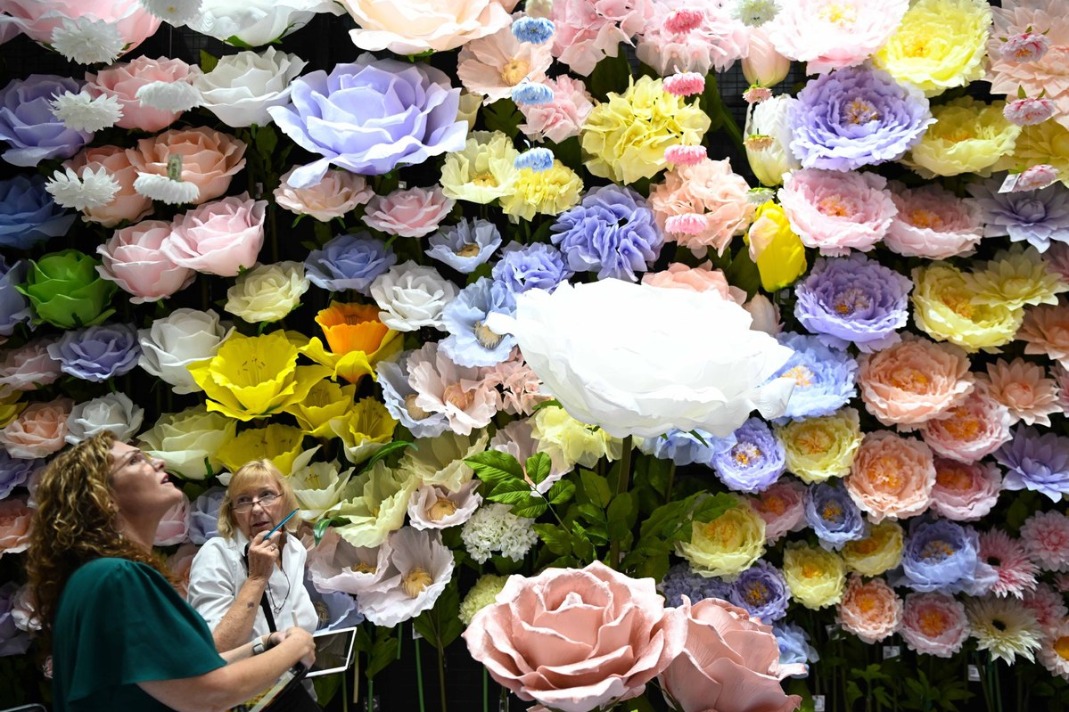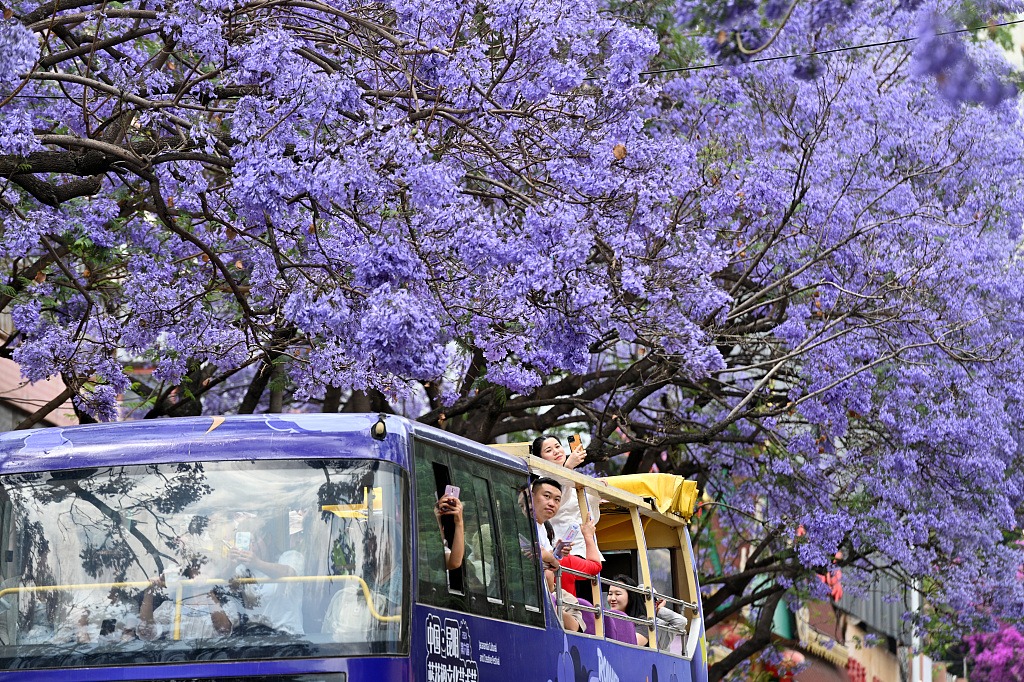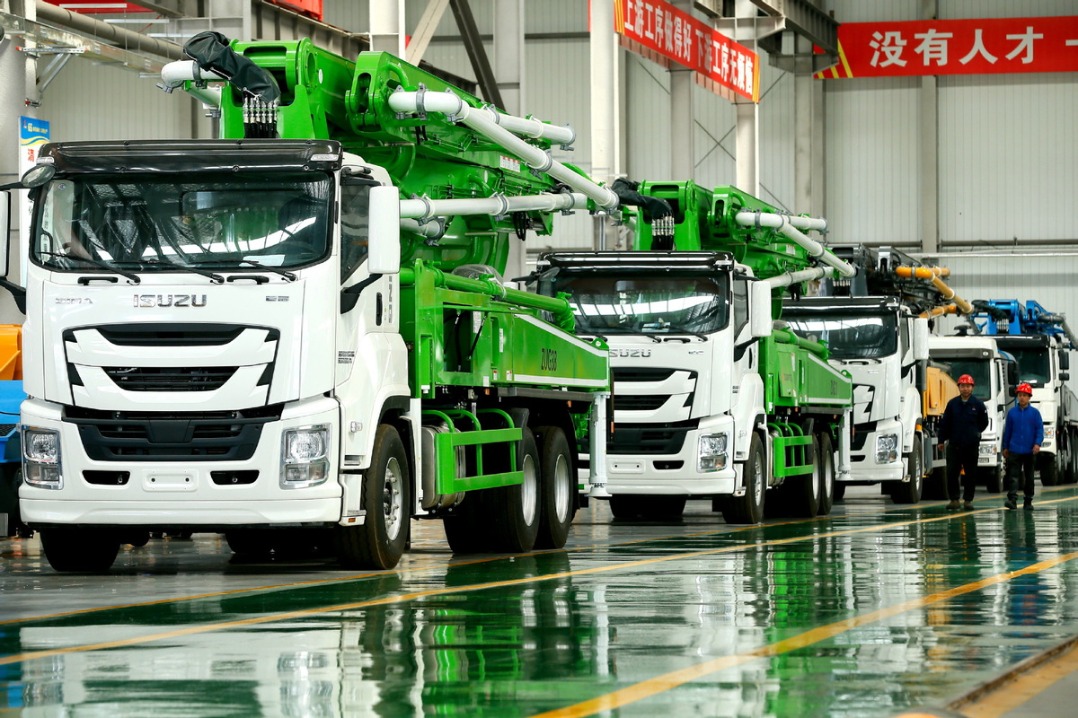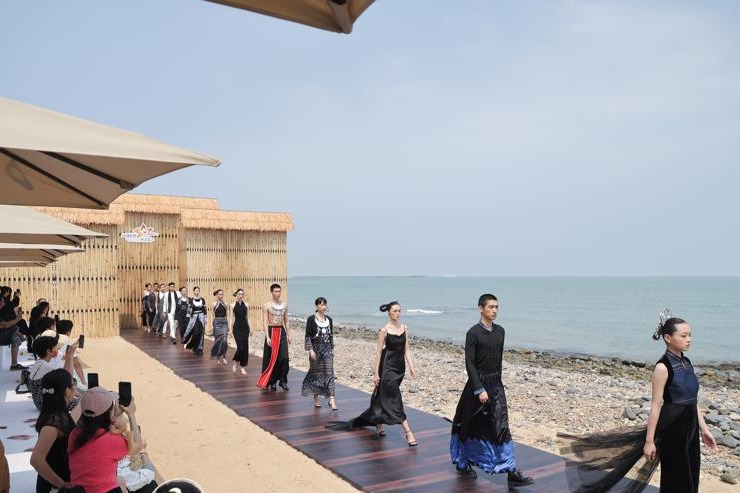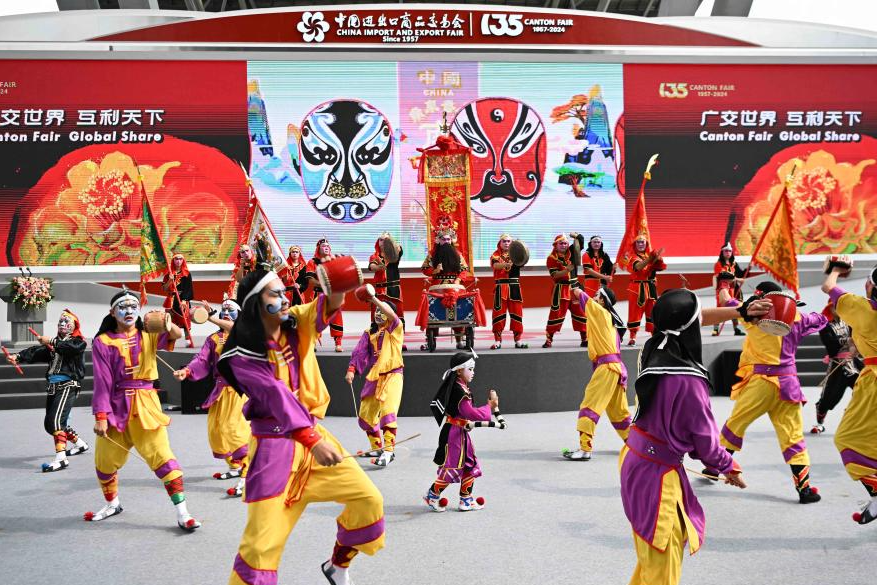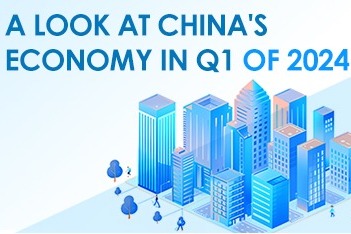High-end fashion outlets prove a draw for bargain hunters


With a growing number of Chinese consumers pursuing luxury lifestyles and looking for reasonably priced high-end international brands, outlets are excelling amid fierce competition in the retail industry.
Outlets selling brand-name products combined with frequent discounts are meeting demand of Chinese consumers from different age groups. Besides, catering and entertainment options, such as child-friendly activities, are helping to extend the amount of time consumers spend in stores.
Similar to Western countries, most outlets in China are located in the suburbs, usually an hour from the downtown areas, and many are close to tourist attractions.
Compared with traditional department stores and malls, outlets boast certain advantages, according to industry analysts. Many Chinese consumers are willing to take their children to the suburbs to shop on weekends to get away from the crowds.
"Outlets have created a consumption model that combines mid-level prices and high-end brands, and this has satisfied the demand of a large number of consumers who want brand-name, high-quality products at lower prices," said Neil Wang, president of consulting company Frost & Sullivan China.
"In recent years, China's clothing inventory has increased significantly, due to the lack of supply chain information exchange and an extensive production mode. Inventory overstock in the apparel industry is a driving factor for the growth of the outlet business model in China," he said.
So far, outlets have opened in major cities including Beijing, Shanghai, Hangzhou in Zhejiang province, Wuhan in Hubei province and Chongqing, and 40 percent of second-tier cities now have outlets as well. New outlets are expanding their presence in sub-core urban clusters, according to data from Winshang, China's top portal in commercial real estate business.
Last year, 46 new outlets opened nationwide, including six in Southwest China. Outlets appeared in some lower-tier cities such as Guiyang in Guizhou province, Lanzhou in Gansu province, Hohhot in the Inner Mongolia autonomous region, and Zhoushan in Zhejiang, for the first time last year, according to Winshang.
Nonetheless, as a business model that originated in the West, some outlet groups have not been able to acclimatize to China, due to insufficient product resources and operational experience.
Capital Outlets is one player that stands out from the competition, based on the strength of its innovative business model, which has shifted it from a shopping center to a lifestyle center.
Beijing Capital Grand Ltd, the parent of Capital Outlets and China's only listed company with outlets as its core business, has introduced an extreme trampoline stadium in the Capital Outlets complex, as well as simulated surfing and water park programs.
Besides, Capital Outlets has launched some top-rated popular restaurants, and held ice and snow carnivals in winter. The interactive programs have helped to raise the stickiness of consumers by improving their interest and experience, the company said.
In the first half of this year, the seven outlets in operation under Beijing Capital Grand achieved sales revenue of 2.37 billion yuan ($346 million), surging 43 percent year-on-year. During the period, 10.23 million people visited the out-lets, up 23 percent over the previous period, according to the company's latest earnings report.
Wang added that because of import taxes, discounted luxury brands sold at outlets in China would not have a big price advantage over products sold abroad. Besides, the emergence of more cross-border e-commerce shopping platforms has enabled Chinese consumers to shop online directly, and some others prefer to buy brand-name goods when they travel abroad.
"In addition, the lack of awareness of some international brands is also a reason that has limited the development of outlets in China. It's also difficult for some outlets to attract investment from top brands," he said.

















